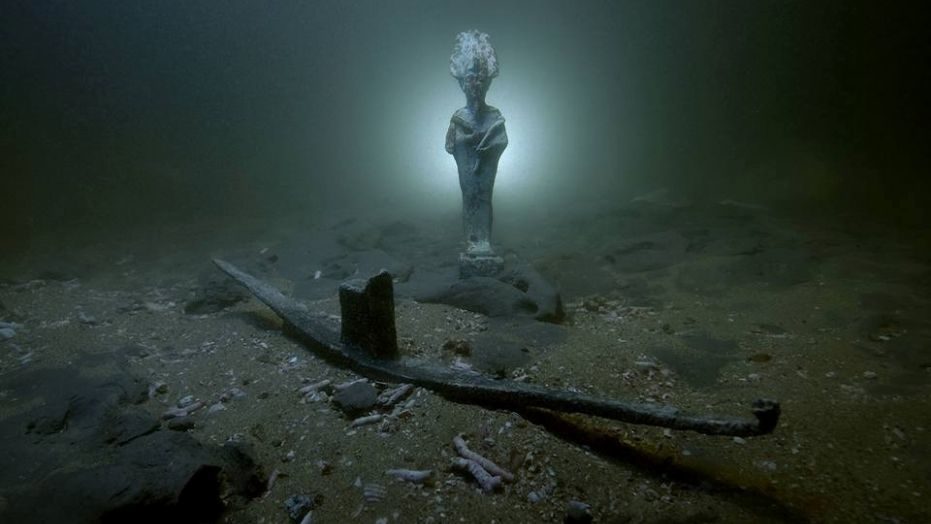
© Public DomainA woodcut illustration from the Kuchenmaistrey, the 15th century-era German cookbook, depicting two cooks in the kitchen.
In recent years, almond milk has been touted as the future of non-dairy delicacies. It's become a staple for lactose-intolerants and coffee shops alike. Yet almond milk's popularity today pales in comparison to the high and late Middle Ages, when the upper class went nuts for it.
Almonds have been central to Mediterranean and Middle Eastern cuisines as far back as the Roman era, yet almond milk is likely a religiously-motivated, European innovation.
The first mention of almond milk appears in a medical context in 12th century Salerno, but it quickly spread from the Mediterranean as far as Germany, England, and Denmark. During Lent, European Christians were barred from consuming milk, as well as eggs and meat. So they needed a substitute.
While making almond milk is straightforward,
it involved a considerable amount of labor. First, cooks ground up a generous number of almonds and steeped them in hot water. Then, they strained the mixture through a fine mesh or cheesecloth. The resulting mixture-fairly thick, and not chunky or textured at all-became an ideal thickener for a dish.




Comment: Russia's mistake was in actually believing the U.S. would stand by its word. The suffering of the 90s brought on by the West's pillaging of the country taught them otherwise. They have taken the lesson to heart